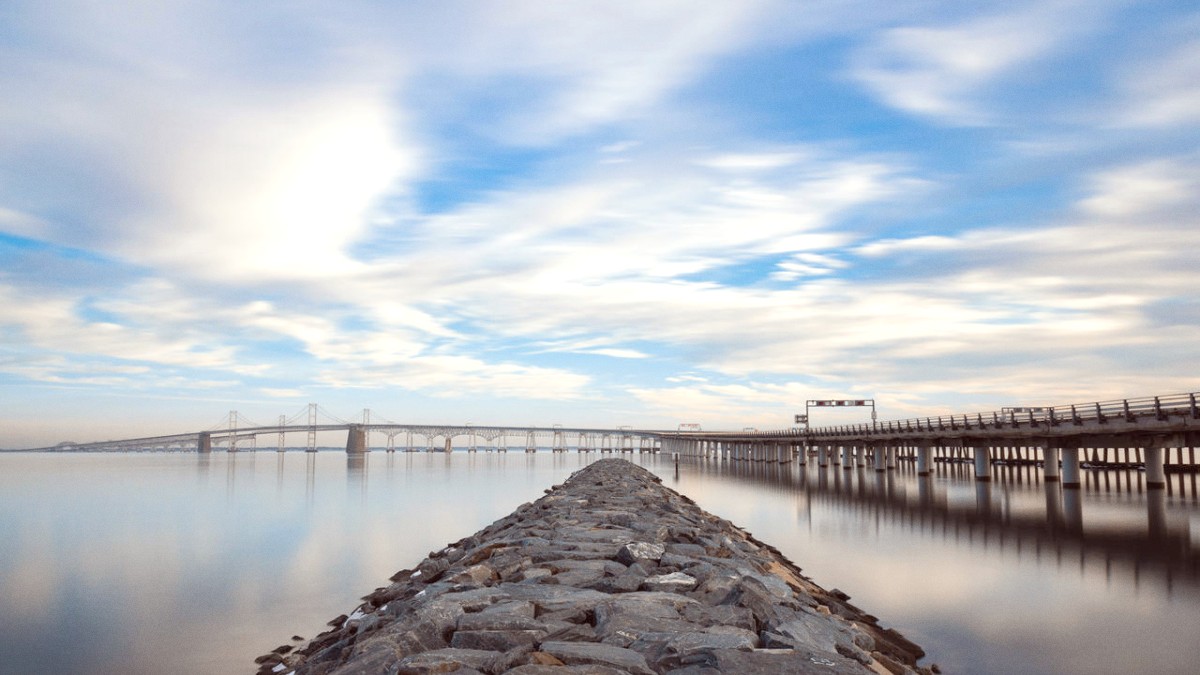
Maryland, USA
The major mobile providers in the U.S. Include Verizon, AT&T, and T-Mobile.
Wi-Fi is widely available throughout the Chesapeake Bay region. Most hotels, restaurants, and cafes offer free Wi-Fi for customers. Public libraries often have free access.
The United States Postal Service (USPS) operates post offices throughout the region. Send mail, packages, and purchase stamps at these locations.
English is the main language spoken. Language barriers generally remain minimal for tourists.
Activate an eSIM or purchase a local SIM for mobile data. Wi-Fi is common, but personal data ensures constant connection. Utilize translation apps if needed, though English is prevalent.
Typical operating hours for different businesses vary across the Chesapeake Bay region.
Generally open 10:00 AM to 8:00 PM or 9:00 PM on weekdays/Saturdays. Sunday hours often shorter (11:00 AM to 6:00 PM). Hours may differ in smaller towns.
Lunch 11:30 AM to 2:00 PM. Dinner 5:00 PM to 9:00 PM or 10:00 PM. Many casual diners offer continuous service.
Typically open 9:00 AM to 5:00 PM, Monday through Friday. Some branches include Saturday morning hours.
Hours vary widely. Generally open 9:00 AM or 10:00 AM, closing 5:00 PM to 6:00 PM. Many museums close Mondays. Always check specific websites for current hours.
ATMs are widely available at banks, convenience stores, and many retail locations, allowing 24/7 cash access.
Always check the operating hours of specific attractions, restaurants, and businesses, especially around public holidays or during the low season to ensure a smooth visit.
Polite interactions and an awareness of local customs contribute to a pleasant experience in the Chesapeake Bay region.
A handshake is common for introductions in professional or more formal settings. A simple 'Hello' or 'Hi' serves casual interactions.
Dress is generally casual throughout the Chesapeake Bay region. Jeans and t-shirts suit most sightseeing and casual dining.
Tipping is customary and expected for most service industries (15-20% for good restaurant service). It is common to wait to be seated at most restaurants. Look for a "Please Wait to Be Seated" sign. Make eye contact or give a subtle hand signal to your server.
Generally, photography is permissible in public spaces. Be respectful of privacy when photographing people, especially children; it is always useful to ask for permission. Some museums, art galleries, or private establishments may have photography restrictions.
Simple politeness and awareness of cultural norms, like tipping practices and respecting personal space, contribute to positive interactions during your visit.
The Chesapeake Bay region strives for accessibility, notably in modern infrastructure, but historic areas may present challenges.
U.S. Americans with Disabilities Act (ADA) mandates accessibility. Newer buildings, public transportation systems, and major attractions are generally designed for accessibility.
Baltimore's Metro SubwayLink and Light RailLink are accessible. Most public buses include ramps.
Service animals are legally permitted in most public places (restaurants, shops, hotels).
Always check individual attraction websites for specific accessibility details and any limitations, especially for historic buildings.
For a comfortable visit, verify accessibility features on individual attraction websites, especially at historic locations. Modern infrastructure often includes ramps and elevators.